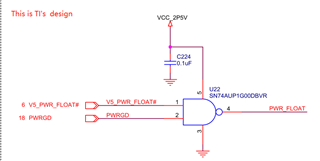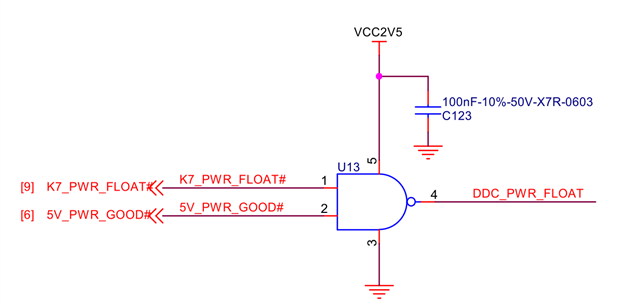Other Parts Discussed in Thread: DLPLCRC410EVM, DLPR410B
Hello,
We have a dlpc410EVM board for our reference from TI,and we designed PCB.On the dlpc410EVM,the FPGA is Vitex-6,but in our designed board,the FPGA is Kintex-7.
Now there are some errors as follow:
1.Assert PWR_FLOAT when system is power-up state, DMD will not float, and leave a static image on the DMD.
2.Assert PWR_FLOAT and then power down,DMD will leave a static image but it will be disappeared after 2-3s.
3.To restart after assertion of PWR_FLOAT the DLPC410,we assert ARST low then high.But now,DMD will get abnormal.All image display by DMD will get dark.
But if we power down to restart after assertion of PWR_FLOAT the DLPC410,DMD work normally.
4.I wonder know that how long time that ARST low then high.
Please help me and give some advice,Thanks!



